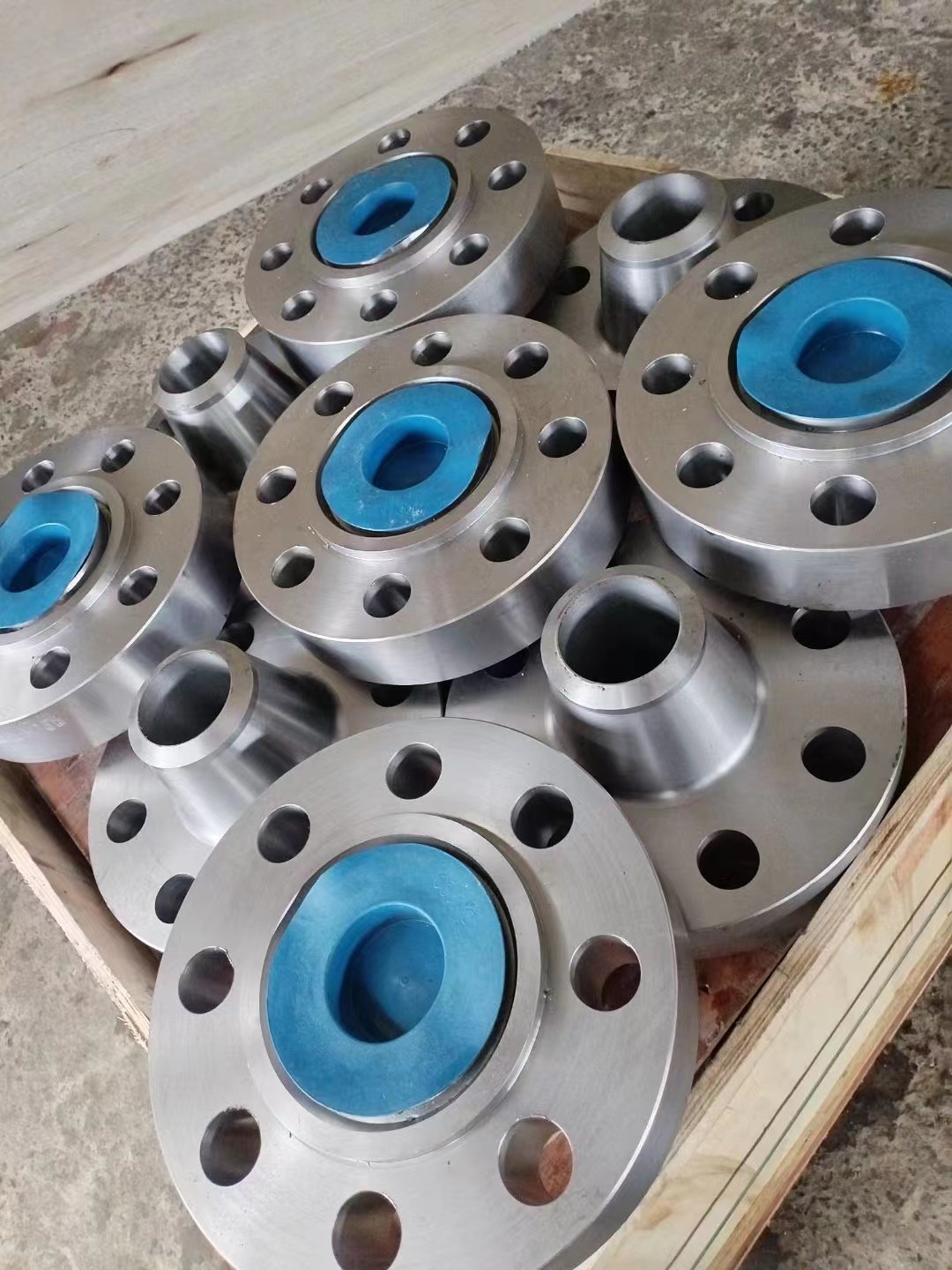SA182F91 steel is a type of high-chromium ferritic steel known for its excellent high-temperature strength, oxidation resistance, and creep resistance. Its chemical composition includes C 0.08-0.12%, Cr 8.0-9.5%, Mo 0.85-1.05%, V 0.18-0.25%, Nb 0.06-0.10%, N 0.03-0.07%. Under high-temperature and high-pressure conditions, SA182F91 steel exhibits outstanding performance, making it widely used in the manufacturing of petrochemical equipment.
The preparation method for the SA182F91 forged valve body includes the following steps:
- Raw Material Preparation: Select SA182F91 steel ingots that meet the requirements as raw materials and conduct chemical composition tests and physical performance tests to ensure the quality of raw materials.
- Heat Treatment: Subject the raw material SA182F91 steel ingots to heat treatment to improve their plasticity and forgeability. Use appropriate heating temperature and time, control the cooling rate during heating, and bring the steel to a state suitable for forging.
- Forging: After heating to the appropriate temperature, feed the SA182F91 steel ingots into a forging press for forging. Through the forging process, improve the internal structure of the steel, and obtain the required dimensions and mechanical properties.
- Heat Treatment: Perform heat treatment on the forged components to eliminate stresses and structural defects generated during forging, further improving the mechanical properties of the steel. Use suitable heat treatment processes, control the temperature and time, and achieve the desired microstructure and mechanical properties.
- Processing and Testing: Process the heat-treated components through turning, drilling, and other machining processes, and perform dimension checks and mechanical property tests to ensure the product meets design requirements and standards.
F91 not only exhibits high oxidation resistance and resistance to high-temperature steam corrosion but also possesses good impact toughness and high, stable enduring plasticity and thermal strength. When used at temperatures below 620°C, its operational stress surpasses that of austenitic stainless steel. Above 550°C, the recommended design stress is approximately twice that of F92 and 2.25Cr-1Mo steel.
F91 finds other applications as well: it can be used as high-temperature superheater and reheater tubes for subcritical and supercritical boilers with wall temperatures ≤625°C, as well as high-temperature headers and steam pipes with wall temperatures ≤600°C. It is also suitable for nuclear power heat exchangers and furnace tubes in petroleum cracking units.

